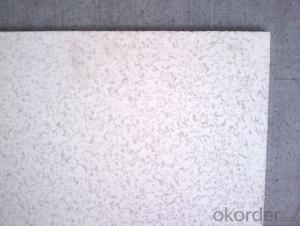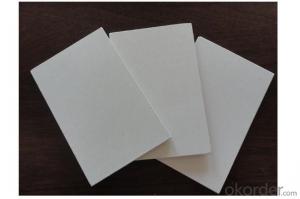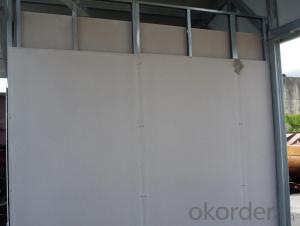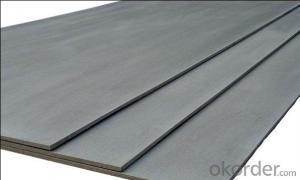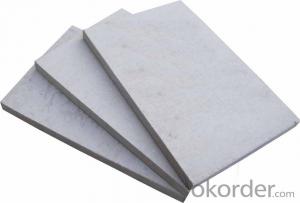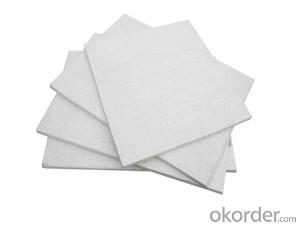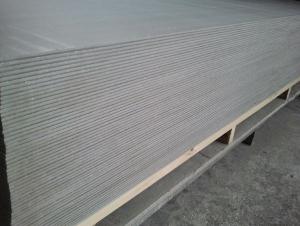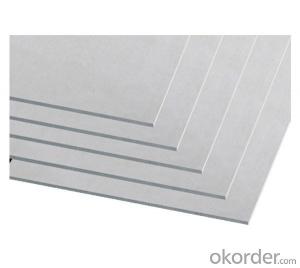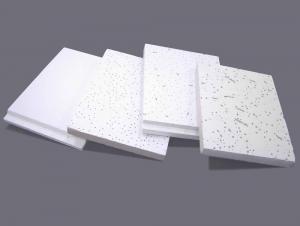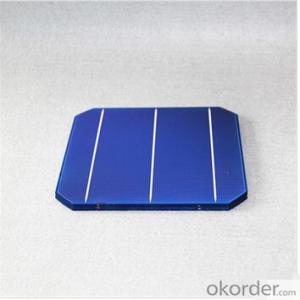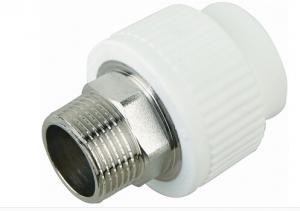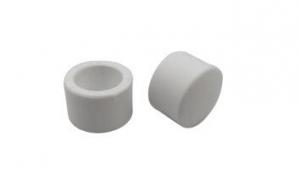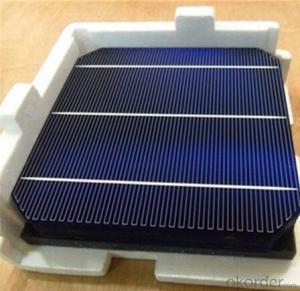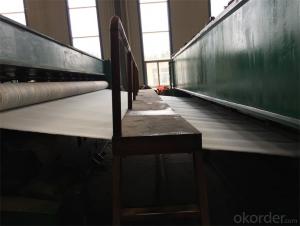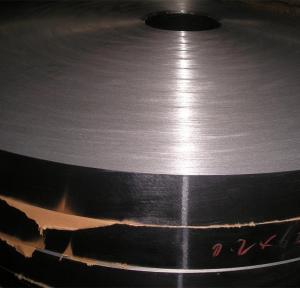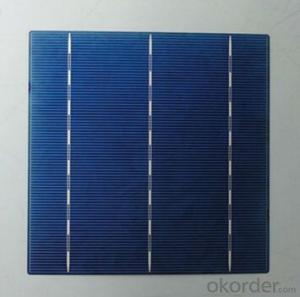High Power Solar Cells
High Power Solar Cells Related Searches
High Five Stainless Steel Prop High Quality Solar Inverter High Temperature Clear Plastic Sheet High Voltage Solar Inverter Stainless Steel Peg Board Best Quality Roofing Felt High Intensity Desk Lamp High Efficiency Hvac Systems High Rupturing Capacity Fuse High-Pressure CompressorHot Searches
Cheap High Tea Sets For Sale High Density Fiberboard For Sale Used Foam Board Insulation For Sale Magnesium Oxide Board For Sale Hdf Board For Sale sintra board for sale High Mast Light Price List Solar High Mast Light Specification High Mast Tower Price Philips High Mast Lighting Price List Bajaj High Mast Lighting Price List Gypsum Board Price Per Sheet In India High Mast Light Specification High Density Mdf Board Suppliers High Mast Tower Specification High Pressure Laminate Supplier Philippines High Mast Lighting Suppliers South Africa High Pressure Laminate Manufacturers Europe Calcium Silicate Pipe Insulation Price 5 8 Type X Gypsum Board PriceHigh Power Solar Cells Supplier & Manufacturer from China
Okorder.com is a professional High Power Solar Cells supplier & manufacturer, offers integrated one-stop services including real-time quoting and online cargo tracking. We are funded by CNBM Group, a Fortune 500 enterprise and the largest High Power Solar Cells firm in China.Hot Products
FAQ
- Solar cells can be affected by bird droppings or debris as they can block sunlight from reaching the cells, reducing their efficiency. Regular cleaning and maintenance are essential to ensure optimal performance of solar cells and prevent any potential issues caused by bird droppings or debris.
- Yes, solar cells can be used for powering outdoor signage. Solar cells convert sunlight into electricity, which can be stored and used to power various devices, including outdoor signage. This allows the signage to operate independently of the electrical grid, making it a cost-effective and environmentally-friendly solution.
- Solar cells perform slightly less efficiently in areas with high humidity due to the presence of water vapor in the air, which can reduce the amount of sunlight reaching the cells and increase the chances of dust and dirt accumulation. However, advancements in solar cell technology have made them more resistant to humidity, and their performance is still considerable in such areas.
- Yes, solar cells can be used in harsh climates. Solar cells are designed to withstand a wide range of environmental conditions, including extreme temperatures, high humidity, and strong winds. Additionally, advancements in solar technology have made solar panels more durable and resistant to damage from factors like snow, hail, and dust. However, it is important to consider the specific climate conditions and take necessary precautions to ensure the optimal functioning and longevity of solar cells in harsh climates.
- The most commonly used materials to make solar cells are silicon, cadmium telluride, and copper indium gallium selenide.
- I would like to use a ppt to show how solar cells can work in a power generation factory, can anybody share some useful information with me?
- The solar cell works in a process following scientific research, you'd better refer to some books to make it right.
- What are the advantages of monocrystalline silicon and polycrystalline silicon in solar power?
- single The wafer hot process time can be completed in less than one minute, using the process to make a cell conversion efficiency of more than 14% on 100 square centimeters of polysilicon wafers. It is reported that the current 50 ~ 60 micron polysilicon substrate produced on the battery efficiency of more than 16%. The use of mechanical groove, screen printing technology in the 100 square centimeter polycrystalline efficiency of more than 17%,

